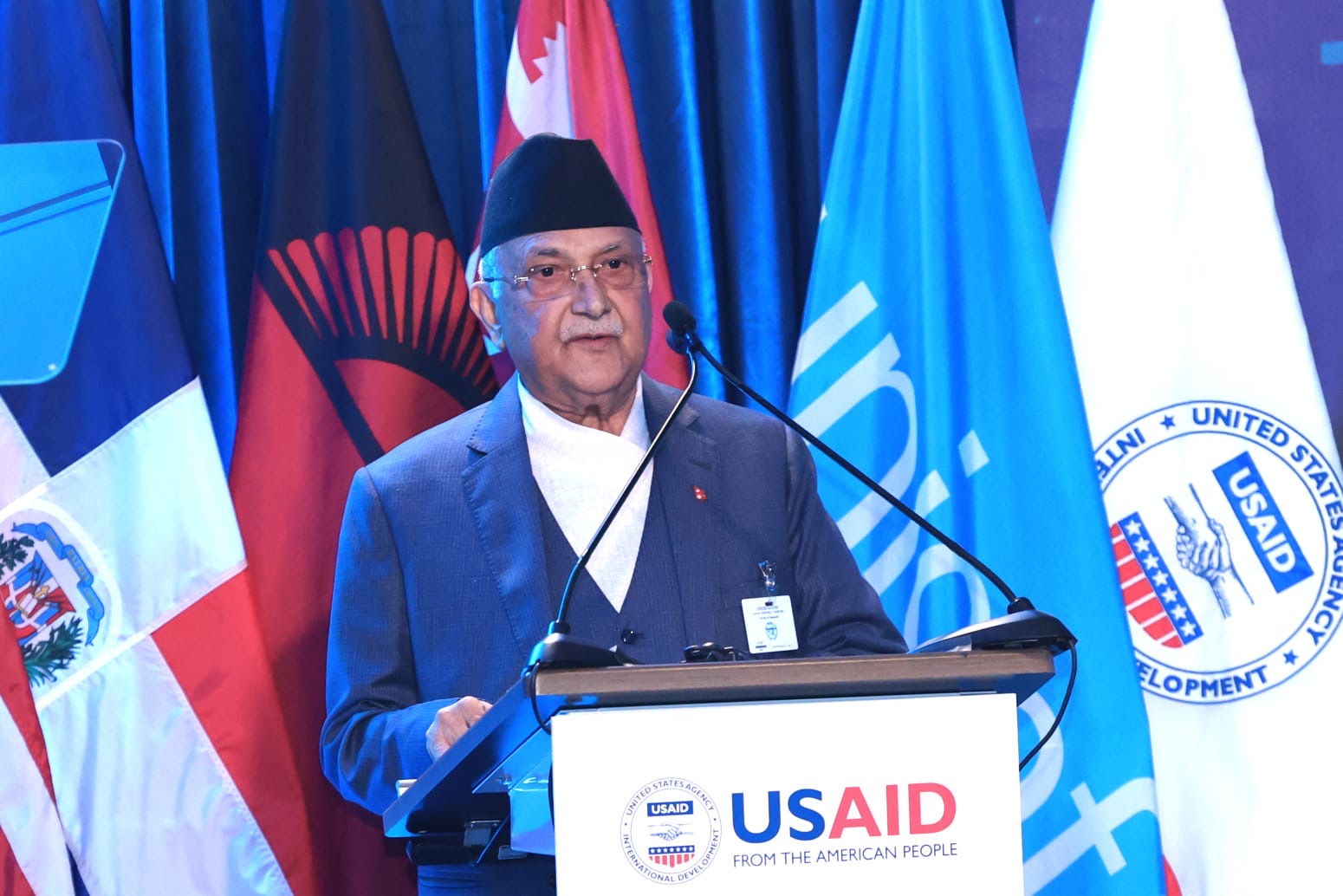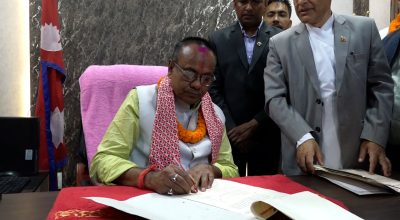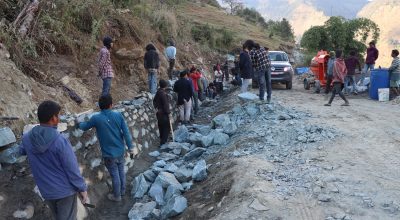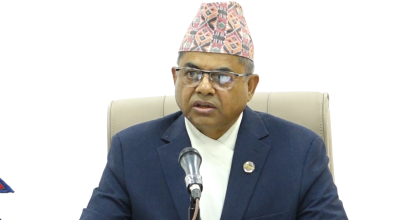
At the outset, allow me to extend my heartfelt gratitude to you, Mr. President, for convening this important high-level meeting.
Representing the nation of Mt. Everest and the mighty Himalayas, also known as the ‘Third Pole’, I propose to start our deliberations keeping in mind a long connecting chain—the melting of ice and glaciers in mountains and polar regions that ultimately results into sea level rise (SLR).
Upon a little reflection, a set of dry but dreadful figures illustrate the ecosystem from mountain to sea.
First: one third. That is the contribution of glacier melt to the sea level rise.
Again, one third. That is the amount of ice Nepal lost in just over three decades.
Second: two thirds. That is the estimated loss of the Himalayan glaciers by 2100 A. D. under the currentlevel of emissions.
By 2100, accordingly, the coastal regions will submerge with nearly two and a half meters in seawater.
For the SIDS and other coastal nations, this is a direct threat to their existence.
For the billions dependent on snow-and ice-fed rivers, this will mean the drying of their lifeblood, and ultimately decimation of river-based civilizations.
Because when two-thirds of the Himalayan glaciers are gone, Asia’s at least 10 river systems will also dry.
As global warming threatens the ecosystem between mountains and seas, mountain nations like Nepal and the coastal nations including the SIDS will turn into its conjoined victims.
Therefore, I wish to highlight a few points, urging that the time for action is today, not tomorrow.
First, we must adopt an integrated approach, a ‘Mountain to Sea’ initiative in our climate actions, recognizing the inherent connections between this ecosystem.
Their coverage should span from Everest to the Indian Ocean, from the Pamirs to the Pacific, and from the Andes to the Atlantic Ocean, recognizing environmental and ecological interlinkages.
Second, we must take bold, decisive actions to limit the global temperature rise to 1.5°C. This is not just a number—it is the threshold for survival.
Even 1.5°C is too hot for the Himalayas, as ICIMODstates, because the elevation dependent warming will amplify its impacts equal to a 2 degree-increase.
The Himalayas and other high mountains are natural refrigerators and recharge system, cooling all the air blowing through them and recharging the river systems downstream.
Third, we call for a collective, global effort to tackle rising sea levels, to build resilience in our nations, and to adapt to the changes.
Hand-in-hand, we must the control of release of pollutants that generate acidic clouds and other effects as the pristine glaciers are turning into the depository of various contaminants.
Fourth, and perhaps most importantly, we must deliver climate justice. Wealthy nations must lead from the front to support vulnerable countries.
In this spirit, I call upon the UN General Assembly to convene a high-level meeting next year, dedicated to addressing the existential threats posed by climate change to both mountain nations and island states.
Our message is plain but profound. Our actions to prevent the SLR are integral to what we do to stop alarming loss of ice and snow from the mountains, to stop avalanches and glacial lake outbursts.
We must stop reckless burning of fossil fuel in the name of development to save our planet for futuregenerations to come. #unga
Prime Minister KP Sharma Oli was addressing the High-Level Plenary Meeting of the UN General Assembly on “Addressing the Threats Posed by Sea Level Rise” in New York on 25 September 2024 (Full Text)












